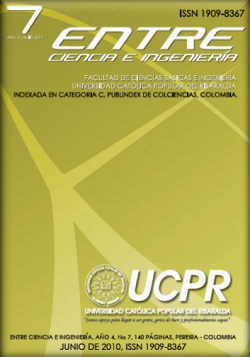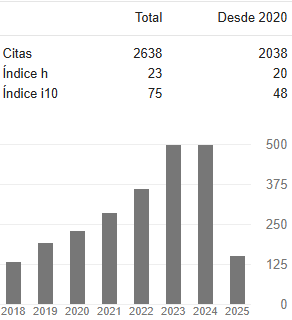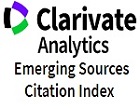Representation of the concept of primitive logic UML 2.2in first order predicate
DOI:
https://doi.org/10.31908/19098367.758Keywords:
Unified Modeling Language, UML constructs,first order predicate logic, formal representation, UN-Lencep.Abstract
Software Engineering uses software development process models and a set of techniques and methodologies for identifying, analyzing and designing information systems. The Unified Modeling Language (UML) is one of such techniques. UML, as a semi-formal language, exhibits problems of ambiguity, clarity, and consistency. Some researchers are attempting to formalize UML by using first order predicate logic (FOPL), set theory, controlled and/or restricted languages, and meta-modeling. However, these approaches have been not enough because they focus on a single chart and merely in syntax, leaving out semantics. In this paper we present a set of FOPL-based rules for representing UML constructs, and a case study, based on UN-Lencep requirement description of a system.
Downloads
References
Becker V., Pons C.: Definición formal de la semántica de UML-OCL a través de su traducción a Object-Z. Proceedings of IX Congreso Argentino de Ciencias de la Computación CACIC (2003)
Brean, Hinkel, U., Hofmann, C., Klein, C., Paech, B., Rumpe, B., Thurner, V. ECOOP'97, Finland (1997)
Cockburn, A.: Writing Effective Use Cases. Addison-Wesley, Boston (2000)
Garrido, M.: Lógica simbólica. Ed. Tecnos, Madrid (1995)
Jacobson, I., Booch, G., Rumbaugh, J.: El Proceso Unificado de Desarrollo de Software. Addison Wesley, Madrid (2001)
Molina, J.C., Pastor, O.: Mda, OO-Method y la tecnología OLIVANOVA model execution. Actas del I Taller sobre Desarrollo Dirigido por Modelos, MDA y Aplicaciones (DSDM’04) Málaga. (2004)
Moreno, A.M.: Object Oriented Analysis from Textual Specifications. Proceedings of the 9th Intl. Conf. on Software Engineering and Knowledge Engineering, Madrid (1997)
Moreno, A.M., Van De Riet, R.P.: Justification of the Equivalence between Linguistic and Conceptual Patterns for the Object Model. Proc. of the International Workshop on Applications of Natural Language to Information Systems, Vancouver, (1997). OMG (Object Management Group). (2010). OMG Unified Modeling Language (OMG UML), Superstructure Version 2.2., http://www.omg.org.
Ramírez, F., Cabrera, C.: Desarrollo de un modelo de implantación de agentes inteligentes en la red univirtual como intérpretes semánticos del lenguaje natural. Pereira, (2006)
Reeves, S., Clarke, M. Logic for Computer Science. Addison-Wesley, Wokingham (1990)
Steimann, F., Kühne, T.: A Radical Reduction of UML's Core Semantics.In: J-M Jézéquel, H. Hussman, S. Cook (Eds): UML, 2002, LNCS, vol. 2460, pp. 34--48. Springer, Heidelberg (2002)
Shroff M., France R.: Towards a Formalization of UML Class Structures in Z” in COMPSAC. Proceedings of the 21st International Computer Software and Applications Conference (COMPSAC’97), Washington DC. (1997)
Warmer J., Kleppe A.: The Object Constraint Language: Getting your models ready for MDA. Addison Wesley, Londres (2003)
Zapata, C., Arango, F.: Construcción Automática de Esquemas Conceptuales a partir de Lenguaje Natural. Autores editores, Medellín (2007)
Zapata, C., Gelbukh, A., Arango, F.: UN-Lencep: Obtención Automática de Diagramas UML a Partir de un Lenguaje Controlado. Avances en la Ciencia de la Computación, VII Encuentro Internacional de Computación ENC’06, (2006)
Downloads
Published
Issue
Section
License
Copyright (c) 2019 Entre ciencia e ingeniería

This work is licensed under a Creative Commons Attribution-NonCommercial 4.0 International License.



















